Credit Cards Make Good Knives
Mar 01, 2023
Credit cards make good knives. Perhaps that’s a sentence that you’ve never said, but trust me, it’s true. It was the summer of 1990 and some friends and I were in a dark parking garage in Paris, France having a trunk picnic. But don’t confuse trunk picnic with park picnics. Typically, with a park picnic there is some element of preparation, if only minimal. A trunk picnic consists of the groceries that you just bought at the store, still in the plastic bags in which you carried them out of said store. Sure, trunk picnics seem like a totally normal, carefree, bohemian thing to do until you realize you have peanut butter, jelly, bread…and no knife.

Luckily, we were poor college students. (Probably another sentence you’ve never uttered.) I say luckily because by this leg of our European vacation, our credit cards were maxed out, which ended up saving the day. Although we couldn’t afford an expensive $15 Quarter pounder meal at the McDonald’s just down the street from the Arc de Triomphe, we Discovered that credit cards can spread peanut butter like nobody’s business. My memory stinks, but that credit card sandwich at our Parisian trunk picnic stands out just like the news of the Berlin Wall coming down and Muppet man Jim Henson’s death, which also took place during that 1990 summer college excursion. Adaptability can be good and helps us see the world in a different way.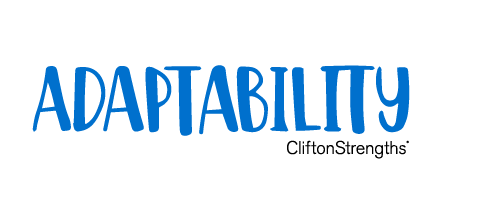
Adaptability can also help us in our left and right brain thinking.
Left Brain Marketing Methods: Being adaptable is the ability to adjust to new conditions. While our data is awesome and should be used to help us make good decisions, our donors can provide even more than black and white data ever could. But will you listen to them? Boy, do I have a story for you!
Right Brain Marketing Moxie: Sometimes we’re not creative in our donor communications because we’re scared. But what are we scared of? If you know something doesn’t work, stop doing it. But not being adaptable enough to try something new, simply because it’s new, feels like quitting before you even start. You’re better than that!
So, let’s do this!
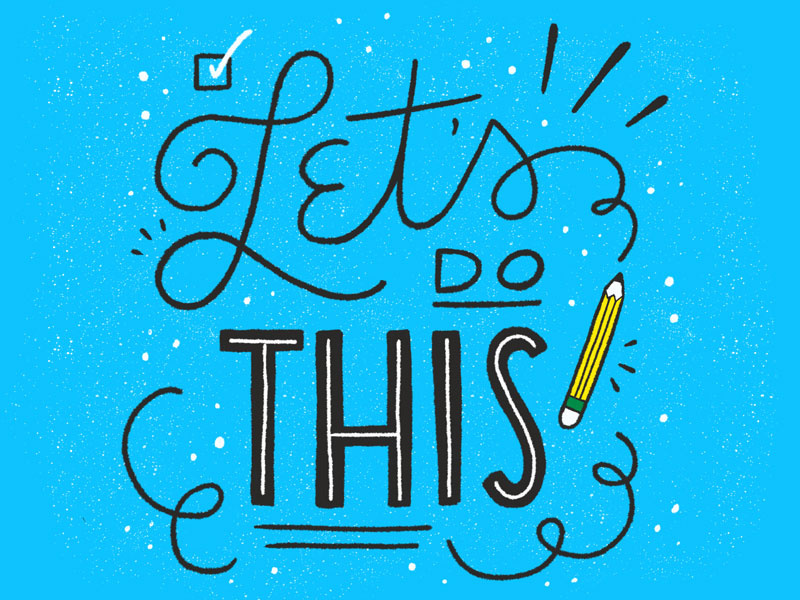
Left Brain Marketing Methods: Adaptability. It’s part of our daily lives. Heck, Ferris Bueller told us this in 1986: “Life moves pretty fast. If you don't stop and look around once in a while, you could miss it.” And we didn’t even have cell phones and computers at home back in ’86. Ferris had no idea what 2023 would bring. Even Marty McFly, from Back to the Future, who correctly predicted the usage of picture-in-a-picture, the plastic surgery explosion, TV glasses, and video-conferencing, didn’t fully comprehend how times would change so quickly once technology entered the picture.
Our uncle was just weeks away from his 100th birthday when he passed away. His eulogy was beautiful as the pastor highlighted all the changes Uncle would have experienced in his 100 years. The amount of change anyone who lives to be 100 experiences is unreal! Talk about adaptability!
John Maxwell once postulated that he used to think change was just hard for followers, but he soon discovered that it’s also hard for leaders, unless the change was their idea. That’s spot on.
Basically, Maxwell was saying that change is hard…for everyone. Perhaps even harder for us when we get stuck in our left brains. It’s often easy for us to pull reports from our donor database to segment donors based on historic data. But can we detour from the reports?
So, you discover that they only give to you at the end of the year or they only contribute to your animal fund. Maybe they hold an endowment fund with you, so you send them information on how to grow their fund or the impact of their grantmaking. And that’s better than sending all your donors the very same watered-down message. It really is!
However, have you ever thought about asking your donors what kind of information they want, then adjusting to deliver the message they ask you to deliver? That’s adaptability.

We had a donor named Ted. Ted had an endowed scholarship fund with us. He was a retired pastor who loved his wife immensely and named his fund in her memory. So, we sent Ted information on how to grow his fund to provide larger scholarships. Since he was over 70 ½ we taught him about Required Minimum Distributions from his 401k. We also informed him about his scholarship recipients and how he was changing their lives. In fact, we were pretty proud of our communications with Ted. Until one day…
One day, Ted came into the office, and he said, “Thanks for your recent mailing. But I thought I’d come in and tell you that you don’t have to send me that kind of stuff. In fact, you wouldn’t know this about this old, retired pastor, but I love numbers. I’d prefer to see how you’re investing my endowment, what the stock market is doing, how your investments are growing, and essentially all the information you might share with your Finance Committee or Professional Advisors.” Wow, who knew?
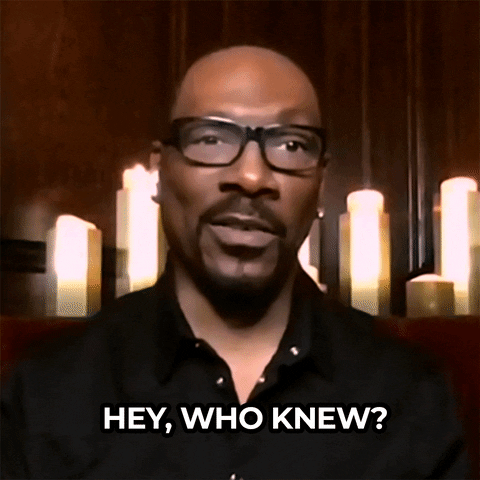
At first, our Development Manager was upset that we’d missed the mark with Ted. But I was thrilled! How many donors love you enough to come to your office and tell you exactly how to steward them? What a gift! So, we adapted!
We changed Ted’s communication segment and added him to our Professional Advisors communication grouping. We lovingly called that group “Professional Advisors and Ted.”
Your left brain is ah-mazing and so is your database. But feel free to ask your donors, listen to them, and communicate to them in a way that is meaningful to them. That’s what drives action. And action in our industry means donations!
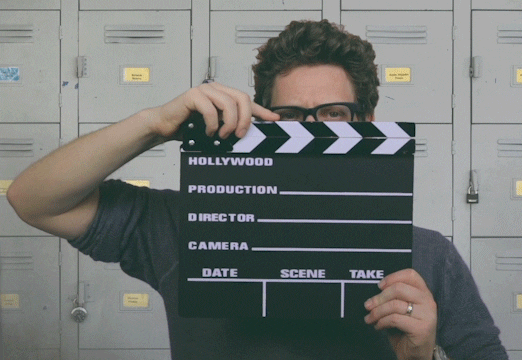
Right Brain Marketing Moxie: So, if both leaders and followers think change is hard, no wonder we cling to those things that we can control, just to prevent them from changing. For example, my husband likes to park his car facing south in parking lots. I always have to drink something cold in the morning before I can drink anything hot and the volume on the TV needs to be on an even number for my optimal enjoyment. Some people have to sleep on a certain side of the bed or make sure none of their food touches on their plate. Some athletes and sports fans have to wear the same socks for every game or follow certain rituals which they believe are lucky. I’m sure you have some of these idiosyncrasies, too.
We’re creatures of habit, to be sure, but we’re not robots. I’m always telling my kids to stand up for what they believe in…but to always know why they believe what they believe. And for you, the corollary: know why you do what you do. If there’s no good reason, then be adaptable.
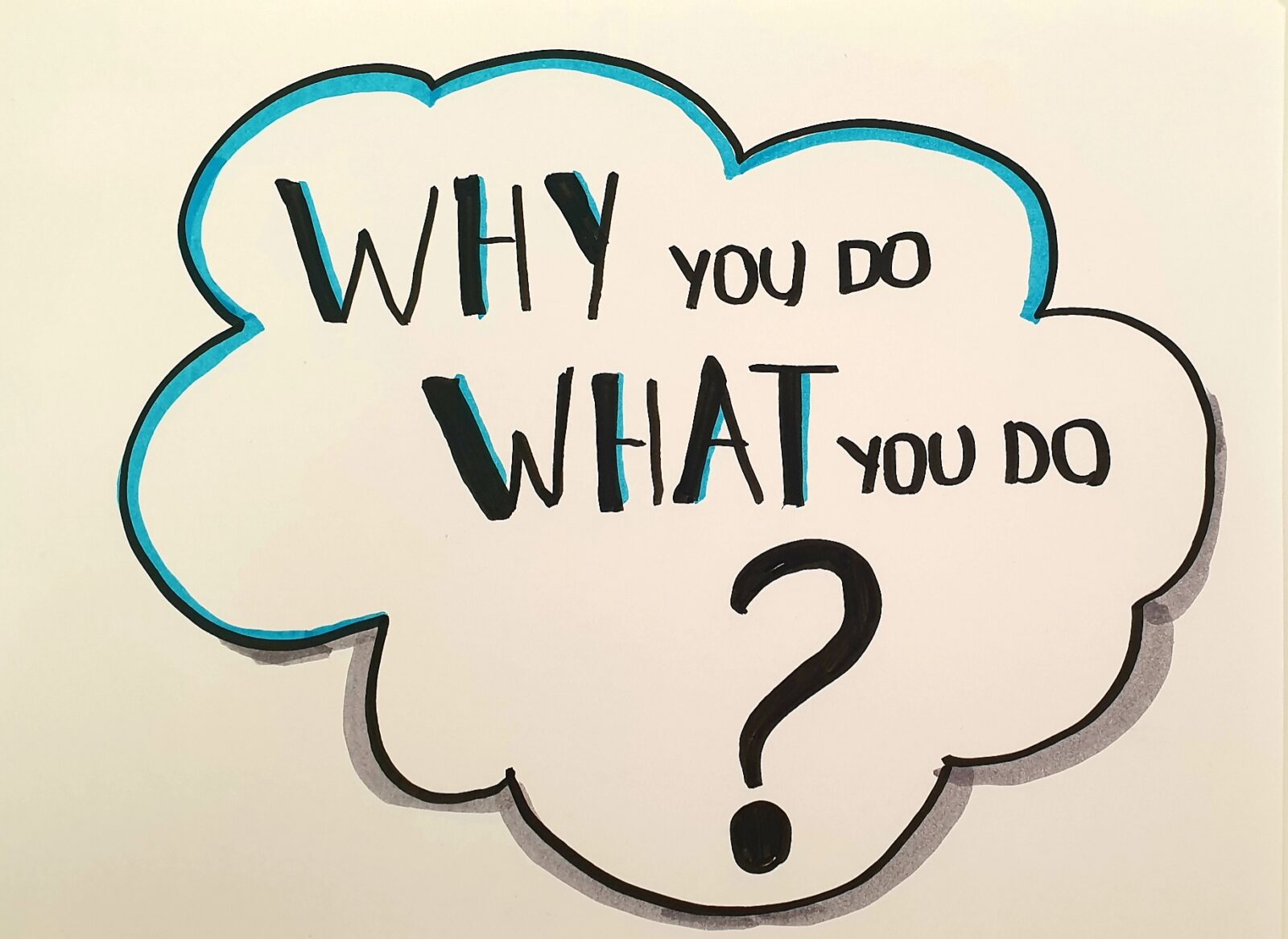
Are you sending that same mailing at the end of every year because it’s really good and drives tons of donations? Or, do you just do it because it’s the end of the year and that’s just what’s on your checklist of things to do?
Do you even know what kind of return on investment each mailing is getting you? Do postcards work better than letters? Letters better than brochures? Brochures better than emails? My guess is you don’t actually know. You’re just doing the same things this year because you did them last year. And I used to do the same thing! But then we started measuring our results. For five straight years we got creative but measured the number of donors, donations, and dollars coming in annually. We also measured how much each mailing cost us vs. how much money we received in donations for each mailing.
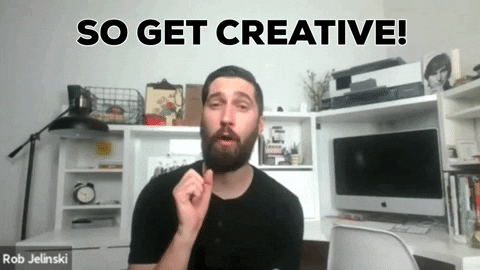
We learned what our donors liked and responded to and what they didn’t like or didn’t respond to. We taught ourselves what to do more of and less of—all because we didn’t just do what we had always done. We were adaptable.
We tried new, fun, innovative, creative things and measured their effectiveness. And some things failed miserably. And when they did, we never did them again. But that was good data to have, right? Other things were wildly successful, and we did them over and over again! They worked and now we could prove it.

What we definitely didn’t do was quit innovating. Adaptability gave us freedom to try new things like color, fonts, pictures, themes, cards, graphics, stories, data, graphs, inserts, letters, cards, brochures, etc. The results gave us the freedom to continue or discontinue our creativity based on best results.
Maybe your donors typically donate to national charities, ask them why? Perhaps they’ve only given their time and not their treasure--why? Do they appreciate the work your nonprofit is doing but they have never donated to one of your funds, why? Old habits die hard. Heck, I’m still writing 2022 on my checks! But every once in a while you need to step away from the knife and grab a credit card. It works just as good, makes a memory, and can also be used to make a charitable donation if you’re willing to be adaptable.
All My Best,
Dawn
[email protected]
dawn brown creative, llc.
P.S. Fundraising is hard, even though you make it look
oh-so easy! ♥
Frideas--Friday ideas are filled with
info and inspo!
Want to participate in some Knowledge Generosity,
here's your opportunity!
What do you do with an idea? You change the world!
Stay connected with news and updates!
Join my mailing list to receive the latest news, updates, and ideas for days!
Don't worry, your information will not be shared.
I seriously hate SPAM, like for real.
So, I promise to never sell your information, for any reason.


